In 1995 when Cirrus first announced its “Hangar X”, where its original Cirrus SR20 was eagerly awaiting its release to the skies, pilots were waiting with bated breath at what was deemed to be the most modern airplane yet. After the SR20 was released, however, aviators who had anticipated a revitalized and modern design were disappointed at the lack of creativity and simplicity of the highly anticipated airplane. Over the next decade the company encountered even more painful woes, as it touted one of the worst safety records in the industry. In fact, from 1999 to 2005 the SR20 was involved in a staggering 29 accidents—13 of them fatal. By 2005, the SR20's accident fatality rate was 2.4/100,000 compared to the industry’s 1.3/100,000. With a disappointing design and accident fatality rates almost double the industry average, it appeared the end of the road for Cirrus.
That all changed when the SR22 was certified for flight in 2000. Since the certification, the SR22 has taken the industry by storm, asserting itself as the best selling General Aviation (GA) aircraft in the modern era. With the abrupt takeover, it begs the question: how did Cirrus transform itself from a failing company to a revolutionary force that altered General Aviation as we know it? The answer lies in its plethora of advanced features and designs that far outpaced any other manufacturer of its time.
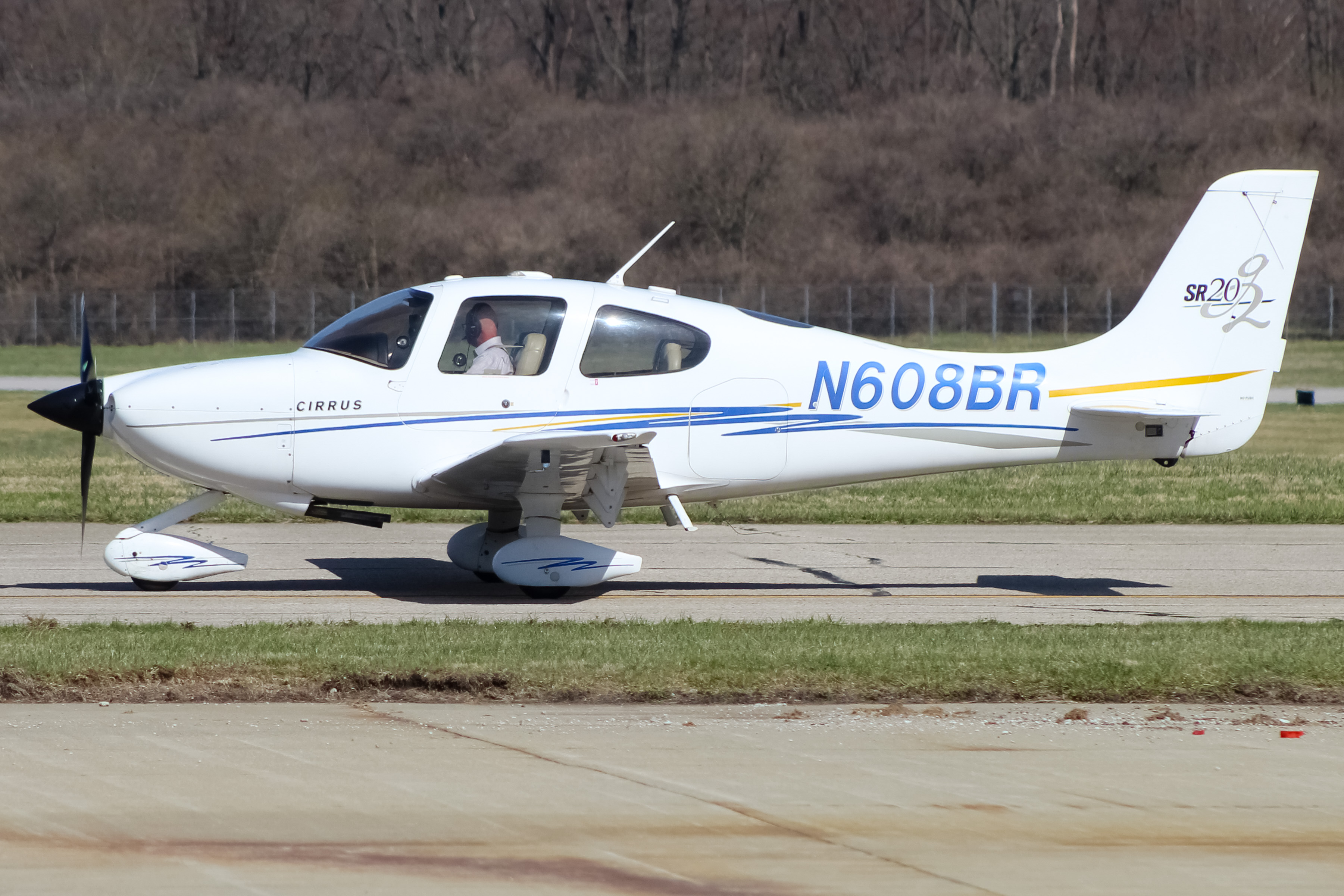
Starting off with the groundbreaking Cirrus Airframe Parachute System (CAPS), the Cirrus parachute has attracted the attention of many within the industry who thought it impossible. For years nobody believed it was possible to have a parachute included within an aircraft. It was deemed too complicated, expensive, and heavy. However, Cirrus brushed those concerns aside, and working with Ballistic Recovery Systems (BRS), Cirrus designed an airplane that can deploy a parachute that glides itself to the ground. CAPS is standard equipment on every Cirrus airplane, which has saved the lives of more than 200 people. Just last summer, a SR22 collided with a ‘Metroliner’ while turning base at Centennial Airport, Colorado, but the Cirrus pilot deployed CAPS and saved his life. Following the achievement of CAPS, the popular manufacturer Cessna teamed up with BRS to add the option of parachutes to their popular 172 and 182 aircraft models. Today over 10% of General Aviation (GA) aircraft are equipped with parachutes, and projections show this figure will increase in the coming years.
Cirrus also went back to the basics of aerodynamics to create a fully composite airplane that could operate with the least amount of drag possible. Cirrus designed the aircraft with composite materials and added carbon fiber which further enhanced the structural characteristics of the airplane. The Composite design significantly reduces the weight of the plane, allows for high impact resistance and easy assembly. The SR22 comes equipped with cuffed wings, which add an extra layer of safety in the event of an aerodynamic spin. Cirrus also redesigned the wheel pants and wing, enabling the wing to hold smooth airflow for longer. These factors allow the non-retractable gear airplane to cruise at speeds as fast as 213 knots, while eliminating the additional complications and expense of a retractable landing gear.
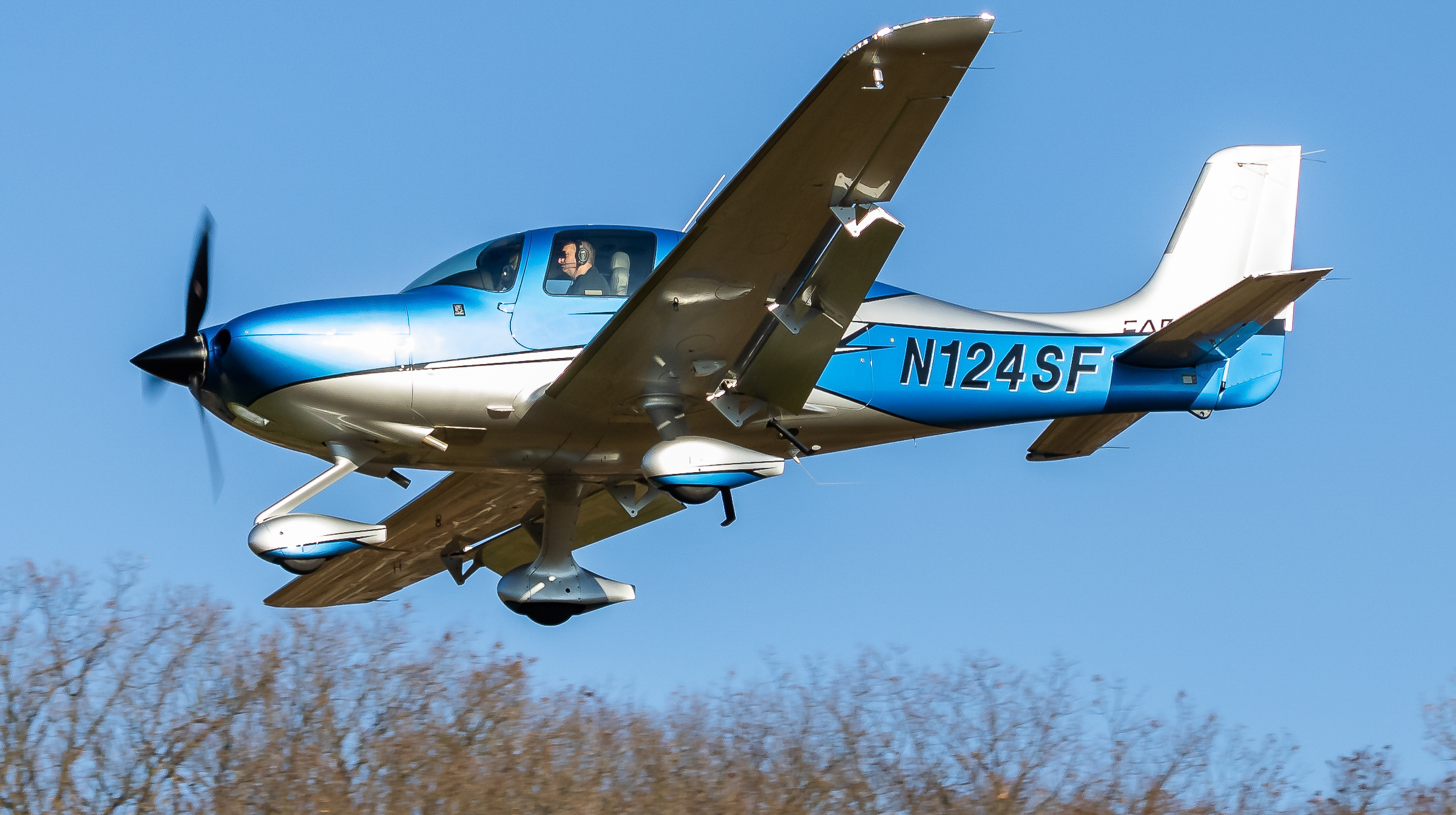
Lastly, Cirrus introduced state of the art avionics including the new Cirrus Perspective from Garmin Pilot, satellite weather, built-in charts to assist pilots, an advanced moving map, traffic awareness, and a coupled autopilot. The satellite weather delivers all inflight weather advisories, hazardous weather, pilot reports, icing conditions and much more. The plane contains multiple redundant systems, adding layers of safety beyond the industry norm.
Cirrus is now considered to be the industry leader in GA. The company has designed a life-saving parachute system implemented by major companies. Cirrus was one of the first to introduce a fully glass cockpit made up of a primary flight display and a multi-function display to assist pilots in safely navigating the skies. Cirrus airplanes tout one of the cleanest aerodynamic designs in the industry, allowing for high airspeeds without needing a retractable gear. These factors culminated in one of the safest and most advanced modern airplanes in history.
At the time the SR22 was released, most people had their doubts about the future success of the company. However, Cirrus proved the doubters wrong and has taken the aviation industry by storm with its host of modern and progressive innovative techniques. Today, Cirrus boasts one of the best accident fatality rates in the industry, and shows no signs of slowing down anytime soon. The company’s commitment to safety and advanced design techniques such as the CAPS system, aerodynamic advances, and its modern avionics have produced the safest and most advanced GA airplane of the century.
Comments (30)
 kstl.spotter
wow! thanks for sharing!
kstl.spotter
wow! thanks for sharing!
 calvinaviationsfo
F
calvinaviationsfo
F
 midwest_aviation
this is a banging article
midwest_aviation
this is a banging article
 Panteley Shmelev
I likes the 'why Danny Devito is thick' joke !
Panteley Shmelev
I likes the 'why Danny Devito is thick' joke !
 Panteley Shmelev
Anyways my main question is where can I submit my article?
Panteley Shmelev
Anyways my main question is where can I submit my article?
 midwest_aviation
Go to the "article publisher" page on your dashboard, and fill out everything. Don't forget to press save if you exit, and publish when you're done!
midwest_aviation
Go to the "article publisher" page on your dashboard, and fill out everything. Don't forget to press save if you exit, and publish when you're done!
 jorgwinkler
Thanks for sharing this!
jorgwinkler
Thanks for sharing this!
 Escobia
Escobia
 canada pharmaceuticals online generic
Heya fantastic blog! Does running a blog similar to this take a great deal of work? I've very little expertise in computer programming but I had been hoping to start my own blog in the near future. Anyways, if you have any suggestions or techniques for new blog owners please share. I understand this is off subject nevertheless I simply needed to ask. Cheers!
canada pharmaceuticals online generic
Heya fantastic blog! Does running a blog similar to this take a great deal of work? I've very little expertise in computer programming but I had been hoping to start my own blog in the near future. Anyways, if you have any suggestions or techniques for new blog owners please share. I understand this is off subject nevertheless I simply needed to ask. Cheers!
 LeroyMum
visit this site https://orbiter-finance.at/2023/11/19/orbiter-finances-cross-rollup-bridge-aims-to-transform-interchain-communication-for-defi-ecosystem/
LeroyMum
visit this site https://orbiter-finance.at/2023/11/19/orbiter-finances-cross-rollup-bridge-aims-to-transform-interchain-communication-for-defi-ecosystem/
 Williamshife
look these up https://1inch-dex.com/2023/11/17/understanding-the-benefits-of-1inch-key-takeaways-from-the-whitepaper/
Williamshife
look these up https://1inch-dex.com/2023/11/17/understanding-the-benefits-of-1inch-key-takeaways-from-the-whitepaper/
 Jseraldfeest
May I simply say what a relief to uncover a person that actually understands what they're talking about on the internet. You actually know how to bring an issue to light and make it important. A lot more people should read this and understand this side of the story. I can't believe you're not more popular since you surely possess the gift.
http://newsbeautiful.ru/unikalnoe-obrazovanie-gde-priobresti-diplom-otvechayushhiy-tvoim-trebovaniyam/
https://forum.zub-zub.ru/viewtopic.php?t=25835
http://a90275db.beget.tech/2024/05/17/kupit-diplom-vash-shans-stat-luchshim-v-svoey-oblasti.html
Jseraldfeest
May I simply say what a relief to uncover a person that actually understands what they're talking about on the internet. You actually know how to bring an issue to light and make it important. A lot more people should read this and understand this side of the story. I can't believe you're not more popular since you surely possess the gift.
http://newsbeautiful.ru/unikalnoe-obrazovanie-gde-priobresti-diplom-otvechayushhiy-tvoim-trebovaniyam/
https://forum.zub-zub.ru/viewtopic.php?t=25835
http://a90275db.beget.tech/2024/05/17/kupit-diplom-vash-shans-stat-luchshim-v-svoey-oblasti.html
 JamesDieds
Explore Toronto's Wine Districts: A Guide to Local Vintages and Taste Experiences - [url=https://toronto-wine.netlify.app]https://toronto-wine.netlify.app[/url]
JamesDieds
Explore Toronto's Wine Districts: A Guide to Local Vintages and Taste Experiences - [url=https://toronto-wine.netlify.app]https://toronto-wine.netlify.app[/url]
 Rogerthuth
Discover Canada's Rich Wine Heritage and Culture | The Wine Story - [url=https://wine-clubs-canada.netlify.app]wine-clubs-canada.netlify.app[/url]
Rogerthuth
Discover Canada's Rich Wine Heritage and Culture | The Wine Story - [url=https://wine-clubs-canada.netlify.app]wine-clubs-canada.netlify.app[/url]
 Robeertmef
https://medmens.ru
Robeertmef
https://medmens.ru
 JoesphJal
Wine Class Toronto - [url=https://wine-class-toronto.blogspot.com]https://wine-class-toronto.blogspot.com[/url]
JoesphJal
Wine Class Toronto - [url=https://wine-class-toronto.blogspot.com]https://wine-class-toronto.blogspot.com[/url]
 RobertKix
A Comprehensive Guide to the History and Evolution of Wine Collecting - Wine Membership - [url=http://vino-school.wikidot.com]http://vino-school.wikidot.com[/url]
RobertKix
A Comprehensive Guide to the History and Evolution of Wine Collecting - Wine Membership - [url=http://vino-school.wikidot.com]http://vino-school.wikidot.com[/url]
 RicardoMex
Discover Canada's Rich Wine Heritage and Culture | The Wine Story - [url=https://wine-clubs-canada.netlify.app]wine-clubs-canada.netlify.app[/url]
RicardoMex
Discover Canada's Rich Wine Heritage and Culture | The Wine Story - [url=https://wine-clubs-canada.netlify.app]wine-clubs-canada.netlify.app[/url]
 pharmacies online
Your style is unique in comparison to other folks I've read stuff from. Thank you for posting when you have the opportunity, Guess I will just bookmark this blog.
pharmacies online
Your style is unique in comparison to other folks I've read stuff from. Thank you for posting when you have the opportunity, Guess I will just bookmark this blog.

 Lorenzonup
Explore Wine Subscription Services in Canada: Best Clubs, Features, and Benefits for Wine Enthusiasts - Wine Subscription Canada - [url=http://wine-lore-institute.wikidot.com]http://wine-lore-institute.wikidot.com[/url]
Lorenzonup
Explore Wine Subscription Services in Canada: Best Clubs, Features, and Benefits for Wine Enthusiasts - Wine Subscription Canada - [url=http://wine-lore-institute.wikidot.com]http://wine-lore-institute.wikidot.com[/url]
 BrockEnawl
Unveil Local Wine Scenes: A Journey into Regional Wine Adventures - Wine Clubs Nnear Me - [url=http://vinology-academy.wikidot.com]vinology-academy.wikidot.com[/url]
BrockEnawl
Unveil Local Wine Scenes: A Journey into Regional Wine Adventures - Wine Clubs Nnear Me - [url=http://vinology-academy.wikidot.com]vinology-academy.wikidot.com[/url]
 cialis pharmacy online
You really make it seem so easy with your presentation but I find this matter to be really something that I think I would never understand. It seems too complicated and very broad for me. I'm looking forward for your next post, I will try to get the hang of it!
cialis pharmacy online
You really make it seem so easy with your presentation but I find this matter to be really something that I think I would never understand. It seems too complicated and very broad for me. I'm looking forward for your next post, I will try to get the hang of it!
 Wallacenak
Unveil Local Wine Scenes: A Journey into Regional Wine Adventures - Wine Clubs Nnear Me - [url=http://vinology-academy.wikidot.com]http://vinology-academy.wikidot.com[/url]
Wallacenak
Unveil Local Wine Scenes: A Journey into Regional Wine Adventures - Wine Clubs Nnear Me - [url=http://vinology-academy.wikidot.com]http://vinology-academy.wikidot.com[/url]
 Robeertmef
https://tablove.ru
Robeertmef
https://tablove.ru
 Jseraldfeest
Hi there very cool blog!! Man .. Beautiful .. Wonderful .. I will bookmark your site and take the feeds additionally? I'm happy to find numerous useful info right here within the put up, we want develop more strategies in this regard, thank you for sharing. . . . . .
http://w98804oc.beget.tech/2024/05/17/diplom-na-vybor-vasha-individualnaya-doroga-k-professionalnomu-priznaniyu.html
http://shiba-inu.ru/forum/messages/forum1/topic381/message388/?result=new#message388
http://asg-amt.phorum.pl/viewtopic.php?p=32050#32050
Jseraldfeest
Hi there very cool blog!! Man .. Beautiful .. Wonderful .. I will bookmark your site and take the feeds additionally? I'm happy to find numerous useful info right here within the put up, we want develop more strategies in this regard, thank you for sharing. . . . . .
http://w98804oc.beget.tech/2024/05/17/diplom-na-vybor-vasha-individualnaya-doroga-k-professionalnomu-priznaniyu.html
http://shiba-inu.ru/forum/messages/forum1/topic381/message388/?result=new#message388
http://asg-amt.phorum.pl/viewtopic.php?p=32050#32050
 JamesBag
Wine Clubs Near Me - [url=https://wine-clubs-near-me.blogspot.com]wine-clubs-near-me.blogspot.com[/url]
JamesBag
Wine Clubs Near Me - [url=https://wine-clubs-near-me.blogspot.com]wine-clubs-near-me.blogspot.com[/url]
 tcndbgshnw
- AeroXplorer.com
tcndbgshnw http://www.g2qe7omt045645l7nm1h537be142nqvbs.org/
[url=http://www.g2qe7omt045645l7nm1h537be142nqvbs.org/]utcndbgshnw[/url]
<a href="http://www.g2qe7omt045645l7nm1h537be142nqvbs.org/">atcndbgshnw</a>
tcndbgshnw
- AeroXplorer.com
tcndbgshnw http://www.g2qe7omt045645l7nm1h537be142nqvbs.org/
[url=http://www.g2qe7omt045645l7nm1h537be142nqvbs.org/]utcndbgshnw[/url]
<a href="http://www.g2qe7omt045645l7nm1h537be142nqvbs.org/">atcndbgshnw</a>
 yhwtwejqrx
- AeroXplorer.com
yhwtwejqrx http://www.g6v5281d41dg26uvw6px650qh1ml5c9gs.org/
<a href="http://www.g6v5281d41dg26uvw6px650qh1ml5c9gs.org/">ayhwtwejqrx</a>
[url=http://www.g6v5281d41dg26uvw6px650qh1ml5c9gs.org/]uyhwtwejqrx[/url]
yhwtwejqrx
- AeroXplorer.com
yhwtwejqrx http://www.g6v5281d41dg26uvw6px650qh1ml5c9gs.org/
<a href="http://www.g6v5281d41dg26uvw6px650qh1ml5c9gs.org/">ayhwtwejqrx</a>
[url=http://www.g6v5281d41dg26uvw6px650qh1ml5c9gs.org/]uyhwtwejqrx[/url]
 JamesKit
The fashion house of Balenciaga has been a leading name in the world of high fashion. Established by Spanish designer **Cristobal Balenciaga**, the brand rapidly grew into a symbol of modernity and high craftsmanship.
From the very beginning, Balenciaga pushed the boundaries with groundbreaking designs. Cristobal Balenciaga was famous for his architectural approach to fashion, designing garments that transformed the way women dressed.
Today, under the creative direction of **Demna Gvasalia**, Balenciaga dominates modern style, introducing avant-garde collections. Gvasalia’s approach has redefined the brand’s identity, with a focus on bold experimentation and oversized silhouettes.
The brand's collections often feature a mix of futuristic elements, redefining the traditional norms of luxury. Balenciaga’s iconic pieces include its renowned oversized coats, which have become symbols of modern streetwear culture.
Beyond its apparel collections, Balenciaga creates a wide range of luxury accessories and footwear. The brand’s boutiques span across prestigious shopping districts worldwide, such as Paris, New York, and Tokyo.
By continually pushing the limits of style, Balenciaga stands as a powerful influence in the luxury fashion landscape, setting the tone for the future of style.
https://balenciaga.metamoda.ru/
JamesKit
The fashion house of Balenciaga has been a leading name in the world of high fashion. Established by Spanish designer **Cristobal Balenciaga**, the brand rapidly grew into a symbol of modernity and high craftsmanship.
From the very beginning, Balenciaga pushed the boundaries with groundbreaking designs. Cristobal Balenciaga was famous for his architectural approach to fashion, designing garments that transformed the way women dressed.
Today, under the creative direction of **Demna Gvasalia**, Balenciaga dominates modern style, introducing avant-garde collections. Gvasalia’s approach has redefined the brand’s identity, with a focus on bold experimentation and oversized silhouettes.
The brand's collections often feature a mix of futuristic elements, redefining the traditional norms of luxury. Balenciaga’s iconic pieces include its renowned oversized coats, which have become symbols of modern streetwear culture.
Beyond its apparel collections, Balenciaga creates a wide range of luxury accessories and footwear. The brand’s boutiques span across prestigious shopping districts worldwide, such as Paris, New York, and Tokyo.
By continually pushing the limits of style, Balenciaga stands as a powerful influence in the luxury fashion landscape, setting the tone for the future of style.
https://balenciaga.metamoda.ru/
Add Your Comment
SHARE
TAGS
RECENTLY PUBLISHED
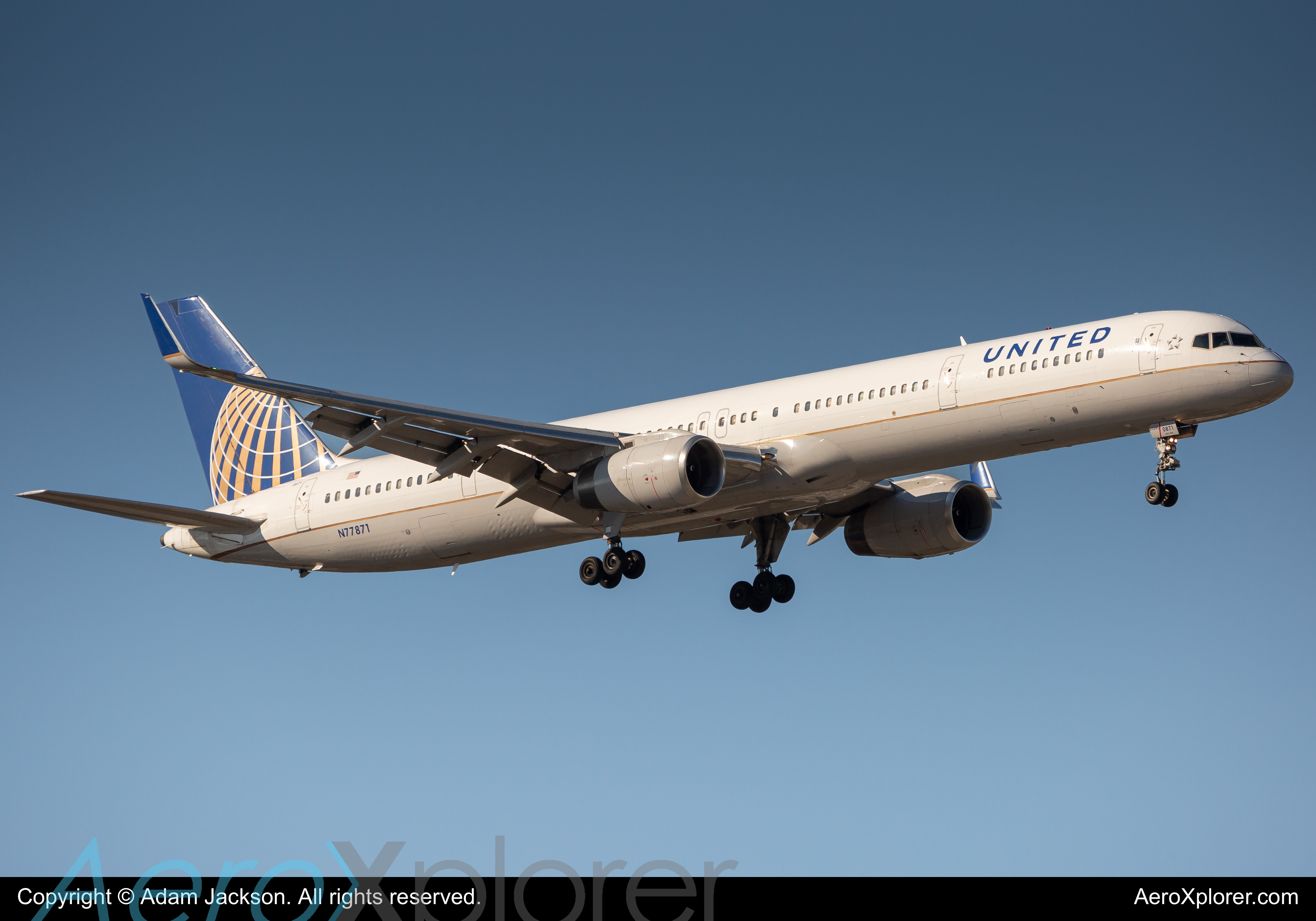 United Airlines Expands Accra–Washington D.C. Flights to Daily Service
United Airlines has expanded its non-stop service between Accra and Washington D.C., increasing the frequency from three weekly flights to daily service. According to a press statement released on November 19, 2024, the new schedule, which began on October 25, 2024, represents a 67% year-over-year increase in seating capacity. This daily service is expected to run until February 17, 2025, after which flights will be reduced to six per week during the summer season.
NEWS
READ MORE »
United Airlines Expands Accra–Washington D.C. Flights to Daily Service
United Airlines has expanded its non-stop service between Accra and Washington D.C., increasing the frequency from three weekly flights to daily service. According to a press statement released on November 19, 2024, the new schedule, which began on October 25, 2024, represents a 67% year-over-year increase in seating capacity. This daily service is expected to run until February 17, 2025, after which flights will be reduced to six per week during the summer season.
NEWS
READ MORE »
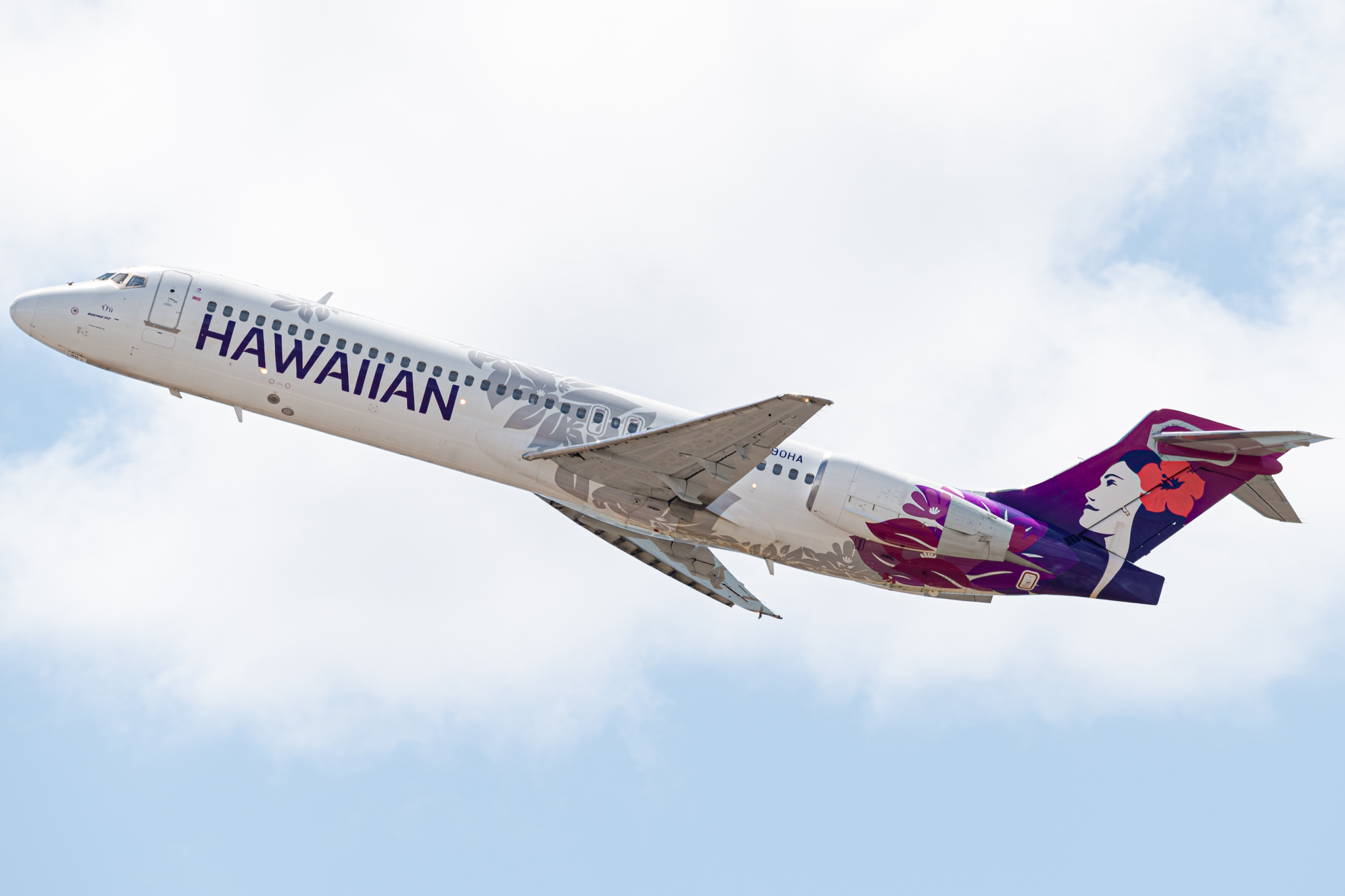 Hawaiian Airlines Launches Huaka’i by Hawaiian, Special Discount Program for Hawaii Residents
Hawaiian Airlines launched Huaka’i by Hawaiian, a free discount program for Hawaii residents. Members can enjoy a whole suite of discounts and benefits, including a free checked bag on all Neighbor Island flights, and either 10% or 20% off one Neighbor Island flight every three months.
NEWS
READ MORE »
Hawaiian Airlines Launches Huaka’i by Hawaiian, Special Discount Program for Hawaii Residents
Hawaiian Airlines launched Huaka’i by Hawaiian, a free discount program for Hawaii residents. Members can enjoy a whole suite of discounts and benefits, including a free checked bag on all Neighbor Island flights, and either 10% or 20% off one Neighbor Island flight every three months.
NEWS
READ MORE »
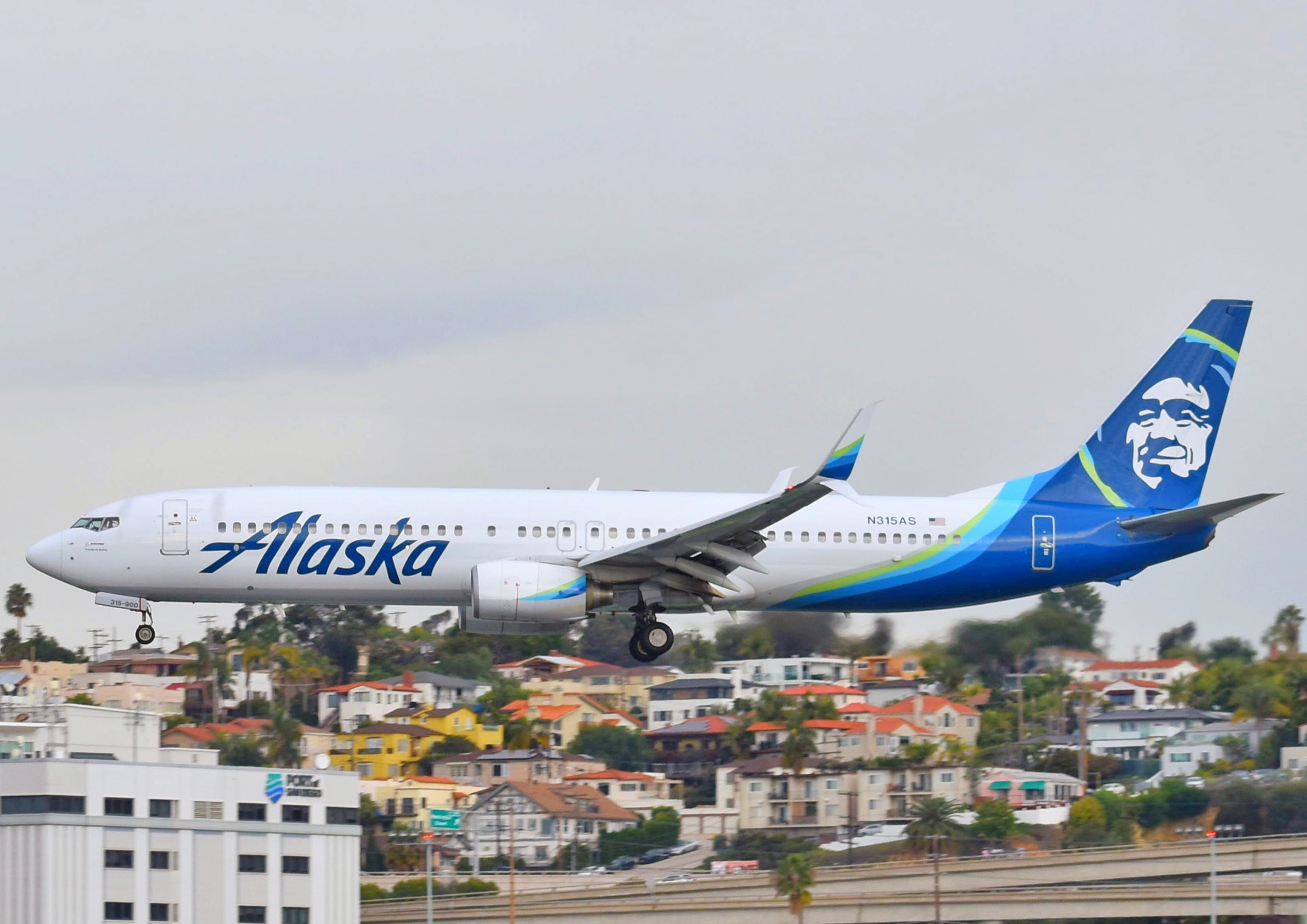 Alaska and Hawaiian Airlines Announce First Route Changes Since Merger
Alaska and Hawaiian Airlines have announced their first coordinated capacity change since Alaska Air Group acquired Hawaiian. Let's examine what this entails.
NEWS
READ MORE »
Alaska and Hawaiian Airlines Announce First Route Changes Since Merger
Alaska and Hawaiian Airlines have announced their first coordinated capacity change since Alaska Air Group acquired Hawaiian. Let's examine what this entails.
NEWS
READ MORE »




